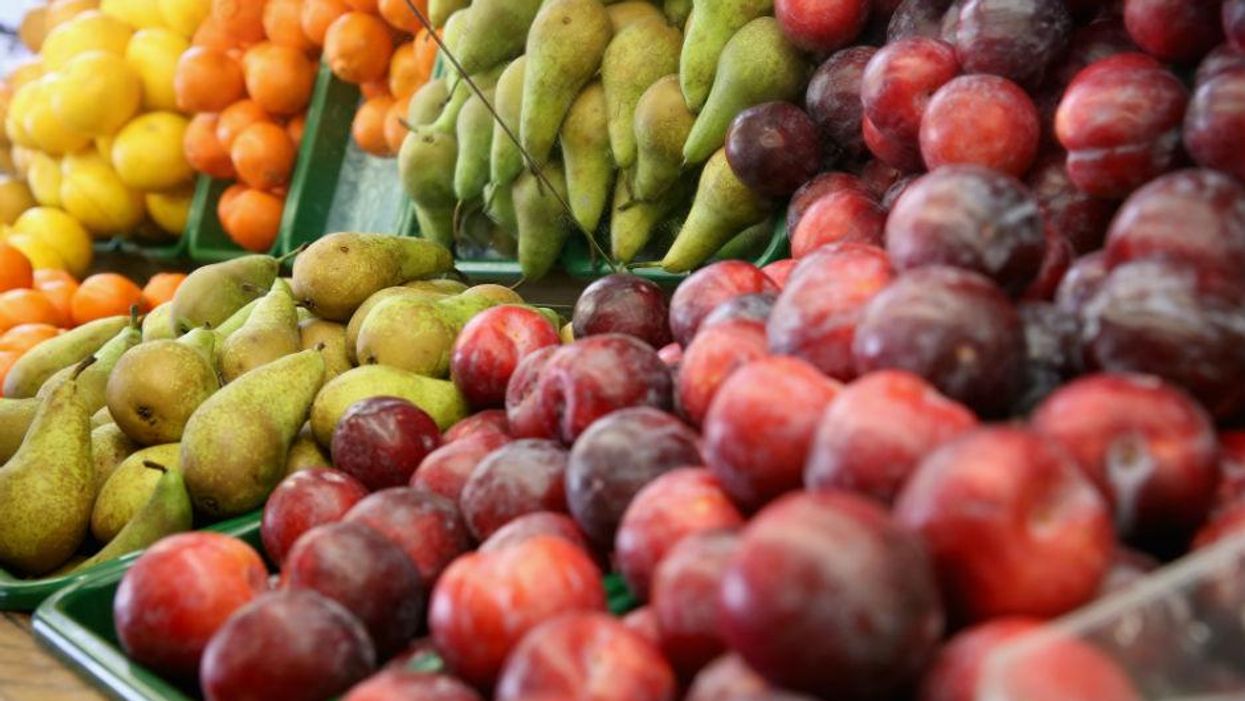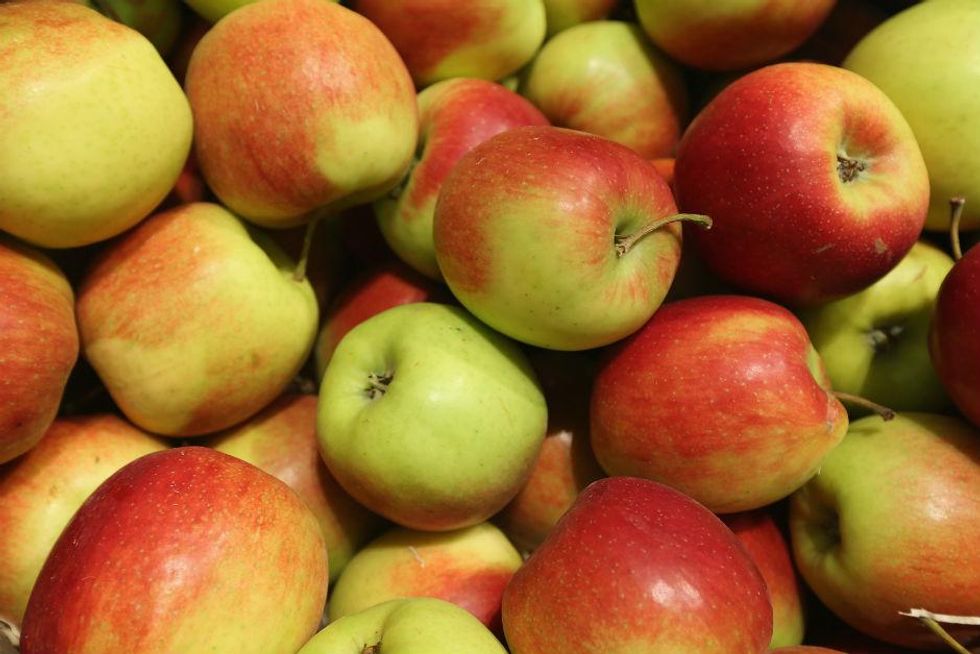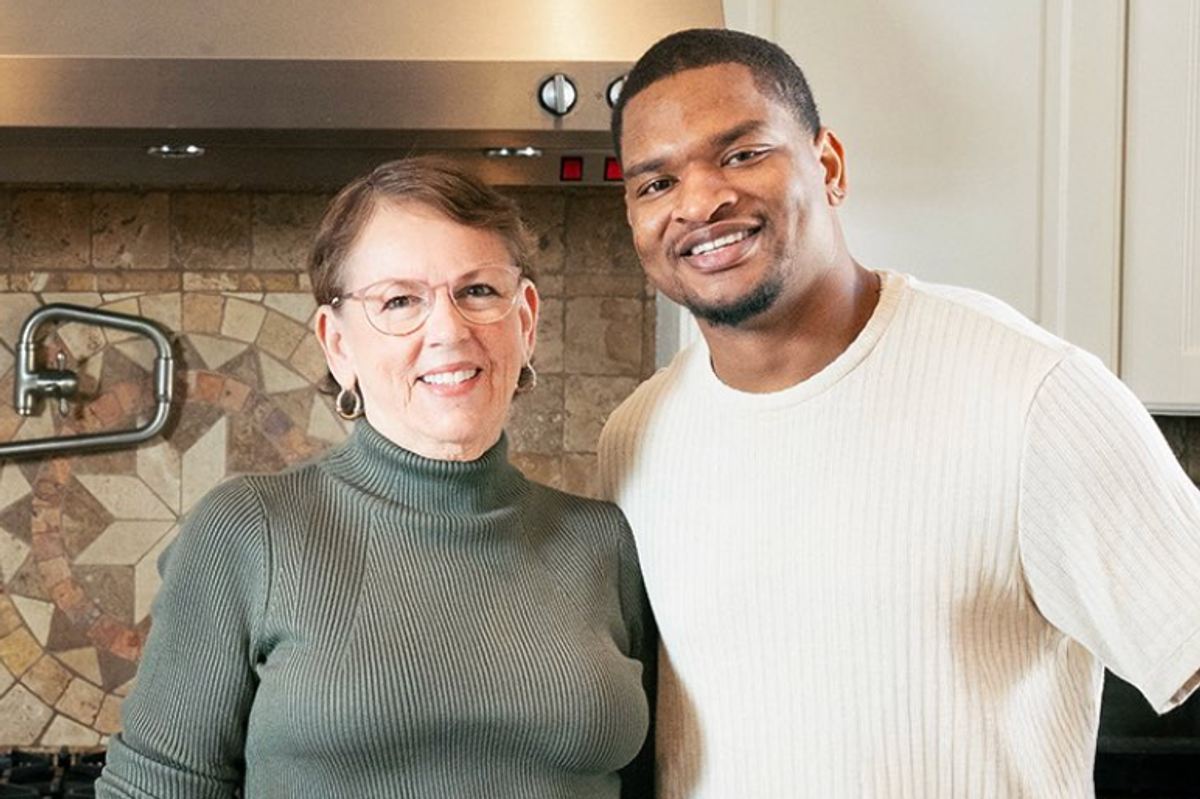News
Francesca Washtell
Nov 14, 2014

A new study in the December issue of Which? magazine has revealed the most common marketing, packaging and labelling tactics supermarkets and manufacturers use to persuade customers to buy more or different foods.
Which? asked 7,755 members about their experiences with packaging and investigators examined hundreds of products in shops and on supermarket’s websites. Here are six things to watch out for:
1. Copycat own brands
Nearly a quarter of members had bought an own-brand item by mistake, based on it looking so similar to a branded item they would usually buy. As Which? point out these are often cheaper and just as good as the bigger brands "but they shouldn’t look so similar to big brands that you could buy them accidentally".
2. ‘Light’ products that aren’t actually healthier
‘Light’, ‘lite’ or ‘reduced’ products typically need to have 30 per cent less of one key nutrient, such as calories or fat, than the standard version. But more than 40 per cent of Which? respondents said they had purchased a product that was 'lite' and low in one of these values but still high in either fat, sugar or saturated fats.
3. Main ingredients missing from the product name
This was found especially with fruit drinks. Which? Point out Innocent Kids Cherry and Strawberry Smoothies contain 11 per cent strawberries and 7 per cent cherries, but the main ingredients are grapes and apples which are much cheaper. The manufacturers claim a smoothie is named according to its strongest flavour.
The manufacturers claim a smoothie is named according to its strongest flavour.
4. Over-priced gift sets
Some stores are offering toiletry gift sets that are actually more expensive than the total of their combined items sold separately. For example, Which? found a gift set costing £6.50 containing a deodorant normally selling for £3 and a shower gel that’s £2.
5. Tiny portion sizes that make products look healthier
Some products use a smaller portion size than that most people would eat which means it seems like it has smaller amounts of salt, sugar and fat they contain when compared to the recommended daily intake, while customers are left hungry.
6. No price per kilo on packaged fruit
Not including the prices of packaged fruit, for example on bags of apples or bananas, means consumers are unable to compare prices to get a better deal. Which? researchers found this to be the case with bananas, and apples to a lesser degree.
More: The X-Men mansion now exists in the real world, according to Google Maps
Top 100
The Conversation (0)














